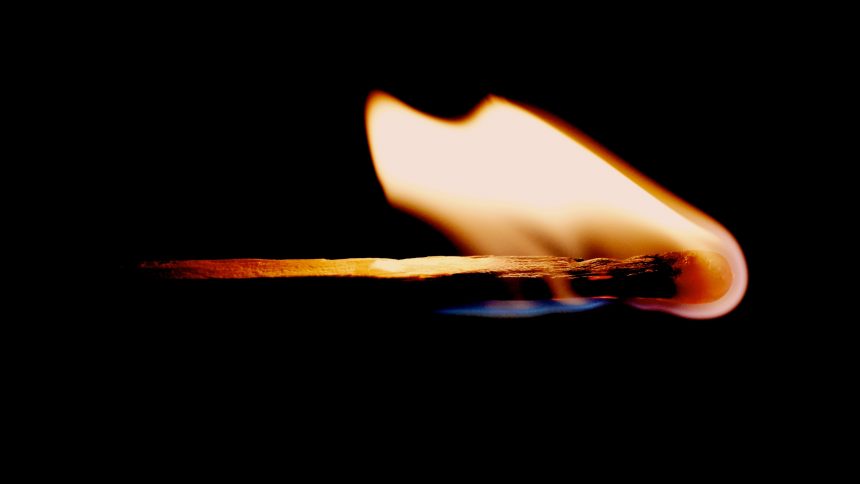Many Australian homes are opting to use gas fireplaces as a supplemental heat source. Gas fireplaces are more practical because they require minimal clean-up and are more convenient to use.
Australian fireplace manufacturers are leading the way in manufacturing some of the best gas fireplaces in terms of innovation, aesthetic design, and useful features. Here are some options that you can consider:
The use of natural gas, LPG, or ULPG
Homeowners have a choice on whether you will use natural gas, LPG, or UPLG on your fireplace. Natural Gas is basically made of methane (CH4). They are stored at high pressure and are supplied to homes through pipelines.
LPG (Liquefied Petroleum Gas) is mostly made of hydrocarbon gases that are flammable. The most common mixture of LPG is propane and butane. Its energy content is higher compared to natural gas. UPLG or Universal LPG is just a different proportion of Butane and Propane.
Star Efficiency Rating
You need to take time to look at the star efficiency rating of gas fireplaces. This energy star rating is a stamp of approval, telling customers that the fireplace has high energy efficiency. Energy efficiency matters because the less energy a fireplace uses, the less it will cost you.
Driftwood, Pebbles, or Log and Coal options
Driftwood, pebbles, or logs used in gas fireplaces are made from a certain ceramic that could withstand very high heat. Vented gas logs can be installed in any type of gas fireplace where there is an exhaust so that harmful gases will be kept out of your living space. Ventless gas logs can be used in an enclosed firebox which does not need a chimney. Ventless gas logs emit more heat, so they are more efficient. Other modern fireplaces use tempered glass chips or ceramic pebbles.
Here are other great features available:
- Wi-Fi capability with app-enabling options
- Full remote control functions
- Variable flame height adjustment
- LED accent lighting
- Wall thermostat control
Gas fireplaces can either be vented or ventless. Here are their major differences:
- Vented gas fireplaces send produced emission outdoors. Although not as energy-efficient as ventless fireplaces, they are preferred by most households because of there is less risk of being exposed to air pollutants.
- Ventless gas fireplaces direct smoke and odours into your living quarters. A ventless fireplace does not have a flue. This means that it can be installed just about anywhere in the house. They are very efficient because almost all the heat that it emits stays in the room. However, all the pollutants such as carbon monoxide and sulphur oxide also stay in the room.
With gas fireplaces, homeowners do not have to split, stack, and store logs. The fire does not need tending and will not die out. There is also minimal effort for cleaning up, as there are no ashes and no chimney to maintain. With just a remote control, you can start a fire, control its flame size and snuff it out. Gas fireplaces provide the ultimate convenience and comfort.
